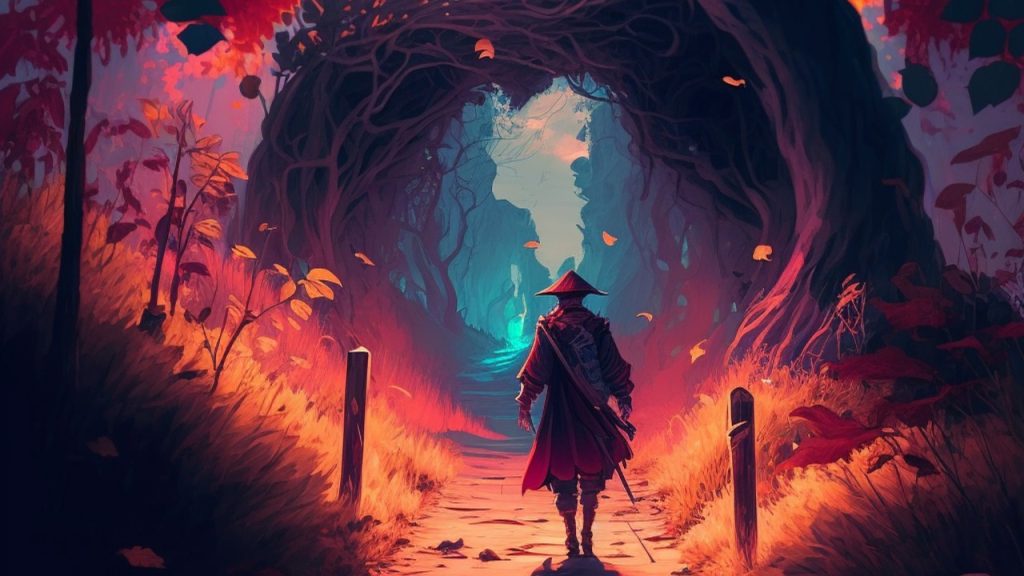Manga, a popular form of Japanese graphic storytelling, has a massive following worldwide. The advent of Artificial Intelligence (AI) and its increasing use in various industries, including art and design, has raised the question of whether AI can be used to create manga art. In this article, we will explore the potential of AI in manga creation, its limitations, and the possible future of AI-generated manga.
Understanding AI Art
AI art refers to the process of using artificial intelligence algorithms to generate visual art, including drawings, paintings, and digital illustrations. One of the most popular AI algorithms for creating art is Generative Adversarial Networks (GANs). GANs consist of two neural networks, a generator and a discriminator, that work together to create realistic images based on a dataset of existing images. As the generator produces images, the discriminator assesses their quality and provides feedback to the generator to improve the results.
Using AI for Manga Art
There have been several instances where AI has been employed to create manga art, although with varying degrees of success. Some of the ways AI can be utilized in manga creation include:
Character Design: AI can generate a diverse range of character designs based on a given dataset of manga characters. These designs can be used as inspiration or starting points for manga artists.
Background Art: AI can be used to create background art by analyzing and learning from existing manga panels. This can save time for artists who need to create detailed backgrounds for their stories.
Storyboarding: AI can potentially assist in generating storyboards, which are essential in planning the visual narrative of a manga. This can help artists streamline their creative process and focus on refining the story.
Inking and Coloring: AI can be employed to automatically ink and color manga art, allowing artists to save time on these repetitive tasks.
Style Transfer: AI can apply the visual style of one manga to another, effectively mimicking the unique artistic styles of different manga artists.
Limitations of AI in Manga Creation
Despite the potential benefits of AI in manga art, there are significant limitations to consider:
Lack of Creativity: AI algorithms can generate images based on existing data, but they lack the creative intuition and storytelling abilities of a human artist. While AI can create visually appealing images, it cannot convey the emotional depth and narrative complexity that makes manga art so captivating.
Overreliance on Datasets: AI-generated art is heavily dependent on the quality and diversity of the dataset used to train the algorithm. This means that the AI’s ability to create manga art is limited by the available data, which may not always be representative of the full range of manga styles and themes.
Ethical Concerns: The use of AI in manga creation raises ethical questions, such as authorship and copyright. If AI generates a significant portion of the art, who should be credited as the creator? Additionally, AI-generated art might inadvertently infringe on the copyrights of existing works, as the algorithm may be trained on copyrighted material.
Loss of Human Touch: One of the most appealing aspects of manga art is the unique style and personal touch of the artist. Relying on AI-generated art might lead to a homogenization of styles and a loss of the individuality that makes manga so distinctive.
The Future of AI-Generated Manga
Despite the limitations, AI-generated manga art has the potential to evolve and improve as AI technology advances. Some possible developments in the future include:
Collaborative AI: AI might be used as a tool to assist and augment the work of human artists, rather than replacing them entirely. This could include generating preliminary sketches, refining line art, or suggesting alternative compositions.
Improved Storytelling Capabilities: As AI technology progresses, algorithms may develop the capacity to understand narrative structures and generate more sophisticated storylines. This could lead to AI-assisted storytelling, where the AI can suggest plot twists, character arcs, and dialogue that enhance the overall narrative of the manga.
Customized Manga: AI-generated manga could be tailored to individual readers, adapting the story and visual style based on the reader’s preferences. This personalized approach could create a more engaging and immersive reading experience.
Automatic Translation and Localization: AI can be employed to automatically translate and localize manga for international audiences, making it more accessible to readers worldwide. This could significantly expand the reach and impact of manga as a storytelling medium.
Education and Training: AI-generated manga can be used as a teaching tool for aspiring manga artists, providing them with personalized feedback and guidance to improve their skills. Additionally, AI-generated manga can serve as a valuable resource for studying the artistic styles and storytelling techniques of various manga artists.
Conclusion
While AI-generated manga art is still in its nascent stages, there is significant potential for AI to play a role in the creation and development of manga in the future. As AI technology evolves, it may become a valuable tool that complements the skills and creativity of human manga artists, rather than replacing them. By embracing the possibilities of AI-generated art and addressing the limitations and ethical concerns, we can foster a future where AI and human artists collaborate to create captivating and immersive manga experiences for readers around the world.







